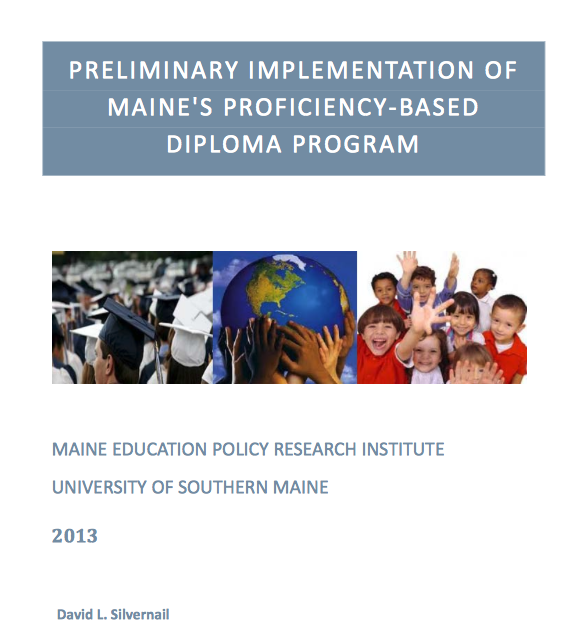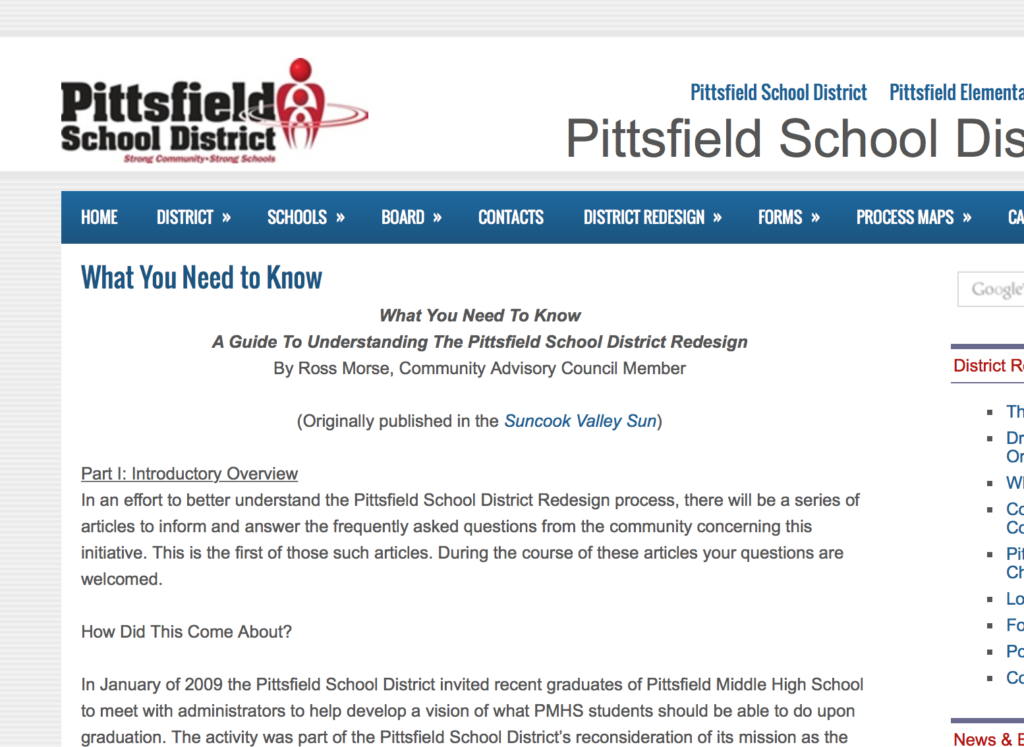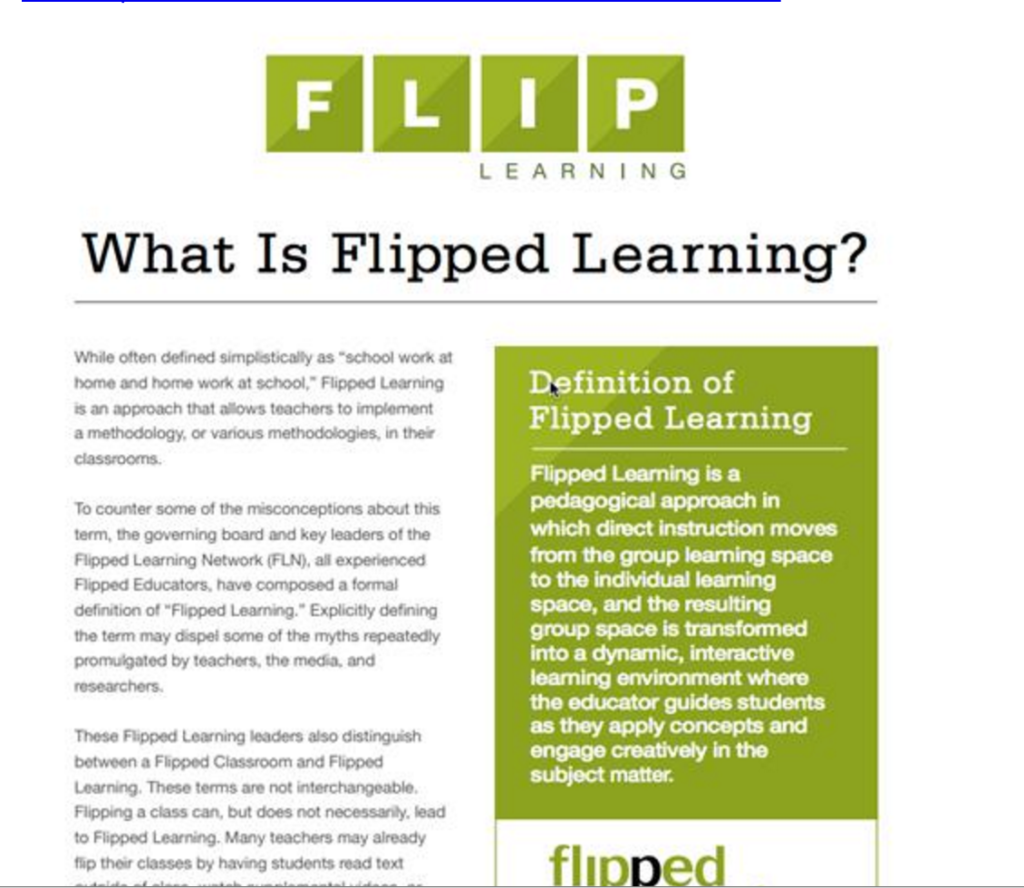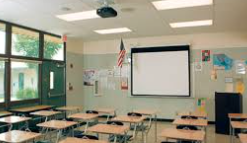Scholars: Better Gauges Needed for ‘Mindset,’ ‘Grit’

This article, explores the concepts of “growth mindset” and ‘grit,” the reasons why these concepts are vital to modern education, and the potential errors in research methods when identifying these qualities in students. Growth mindset—the belief that intelligence and other skills are not fixed, but can be improved through effort— and grit—the ability to sustain interest over a long period… Read More ›
Deeper Learning Under ESSA: Seven Priorities

This post originally appeared on Education Week’s Learning Deeply blog on behalf of Jobs for the Future. Authored by Rafael Heller, principal policy analyst for Jobs for the Future. Ask three policy wonks what they think of the Every Student Succeeds Act (ESSA), and you’ll likely get four or five answers. At recent meetings and… Read More ›
How Effective Are ‘Career Academies’?

This article, written by Melinda Anderson, explores the benefits and the disadvantages of career academies. The article asserts that while these schools-within-schools blend traditional and technical courses to smooth the transition from high school to working life, they may be inadvertently propagating inequality. Career academies embrace many positive approaches such as strong personalized-learning environments, a… Read More ›
Hacking, Innovating, and Failing Well—How Tech Sector Principles Can Revolutionize Education Workplaces

This opinion piece by Barnett Berry, founder and CEO of the Center for Teaching Quality, uses Google’s principles of innovation to examine three key ways the technology sector can help schools maximize teacher expertise. He asserts that technology can transform teaching and learning, not through typical approaches, such as apps for students; but with revolutionary organizational designs that… Read More ›
Signature Experiences: The Moments We Fall in Love With Learning

This article is about the hypothesis that signature experiences contain a vital set of insights for those who are designing “schools” and learning environments. Signature experiences motivate students to keep learning, to take initiative, and to carve out a future path for themselves in the world around them. This hypothesis has led to the question:… Read More ›
The Difference Between Being Eligible for College and Ready for College

This article discusses that in addition to teaching students fractions and conjunctions, many educators are increasingly grappling with how to address social and emotional skills like collaboration and students’ sense of belonging. Educators and academics across the country have come to agree that content knowledge isn’t enough to prepare students for life after high school. Several… Read More ›
How Do We Measure Social and Emotional Learning?

This article discusses the importance of measuring the social and emotional aspects of student learning. Right now, there is no widespread, practical way for all schools to assess children’s social-emotional skills and character development (SECD). Or is there? If one looks at student report cards, one often finds on “the other side” of the academic… Read More ›
Speeding up High School Reform in New England

This article discusses college readiness. While high school graduation rates are high in New England, Nellie Mae Education Foundation President & CEO, Nicholas Donohue notes that college readiness is not. In this op-ed for The Hechinger Report, Donohue asks: What does it mean to be truly ready for college? Source Organization: The Hechinger Report Visit the Resource
Preliminary Implications of Maine’s Proficiency-based Diploma Program

This report was written by the Maine Education Policy Research Institute at the request of the state legislature. The post’s author also provides his commentary and conclusions upon reading the report. Source Organization: KnowledgeWorks Visit the Resource
What You Need To Know: A Guide To Understanding The Pittsfield School District Redesign

This article outlines the plans of the Pittsfield School District to redesign teaching and learning to become more student centered. The document introduces the concept of student centered learning. It also provides detailed descriptions of the district’s plans to provide multiple pathways to learning through in classroom, co-curricular, and non-traditional opportunities such as authentic assessment, flexible… Read More ›
What is Flipped Learning: Flipped Learning Definition

This two page overview developed by the Flipped Learning Network gives an excellent definition of flipped learning, suitable for introducing the concept to any audience. It lays out the components of successful flexible learning, detailing each of the four pillars: creating a flexible learning environment, shifting to a student-centered learning culture, providing intentional content to… Read More ›
Re-Energize Your Classroom in the New Year

This article is a composite of great ideas that you can use to change things up for the second part of the school year—and that can also help beat the winter blues. Source Organization: Edutopia Visit the Resource